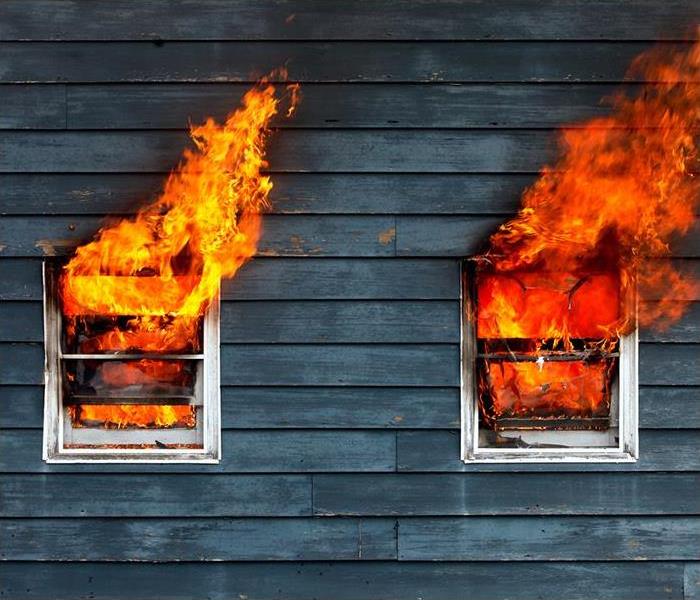Fire and Smoke Damage Insurance Claims
4/3/2019 (Permalink)
 Dealing with insurance after a fire can be just as stressful as the fire itself. Make sure you know what your policy covers and prepare beforehand.
Dealing with insurance after a fire can be just as stressful as the fire itself. Make sure you know what your policy covers and prepare beforehand.
Your biggest concern after a fire is probably getting things back to normal at your home. You may not have the funds to make the repairs yourself. Most homeowners insurance policies cover fire and smoke damage though. You won’t need separate fire damage insurance. With careful planning, you can make filing your insurance claim easier by following a few simple steps after the fire.
What a Standard Homeowners Policy Covers
Fire is one of the perils that a standard homeowners policy covers. It reimburses you for damage to your home’s structure and its contents. “Contents” refers to clothes, furniture, personal items like jewelry, sports equipment, and other items. The contents coverage usually equals 50 to 70 percent of the insurance coverage on the structure.
Stay Prepared
Before anything happens to your home, conduct a home inventory. Make a list of all of the major items you’d need to replace if a peril occurred and the cost to replace them. Store this list offsite at your office or in a safe deposit box.
Documenting the Damage
If a fire does occur, document the damages from smoke and fire. Also, document the losses of contents items. Use the home inventory you created to provide exact descriptions including serial numbers of items and the amount they cost.
Your insurance company will need specific information to file your claim. This information includes:
- the fire’s time and date,
- the type of loss,
- the damage location – address and rooms damaged,
- photos of the damage,
- any injuries that occurred,
- involved parties,
- the home’s condition,
- the specific damaged items with descriptions,
- necessary repairs, whether temporary or permanent,
- the police and fire reports.
Do this as quickly as possible so that you do not miss the claim filing deadline. Your insurer will likely respond, requesting more information. It will want estimates of the fire damage cost to repair before funding the work. This means you will need to obtain cleaning and repair estimates from a company like SERVPRO and share these with the insurance company to document the fire damage repair costs.
Keep Accurate and Complete Records
You and your insurance company will exchange many emails, letters, and documents during the claims process. Start a binder or folder that contains only items related to this.
Your homeowner's insurance should cover the damage to your home and its contents. Careful documentation makes it easier to obtain your reimbursement for the damages. If the insurance adjuster declares your home a total loss, then your policy should cover your home’s reconstruction. In most cases, your homeowner's policy is all the fire damage insurance you will need. If your insurance denies your claim, try hiring a public adjuster to obtain a second opinion on the fire damage cost that you can use to appeal the insurance company’s decision.





 24/7 Emergency Service
24/7 Emergency Service